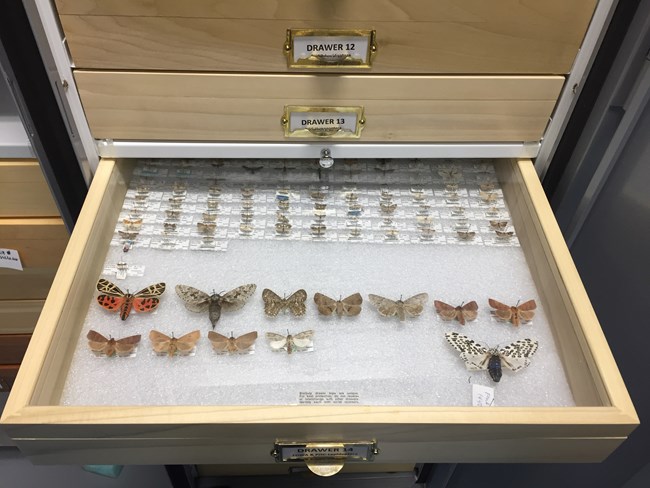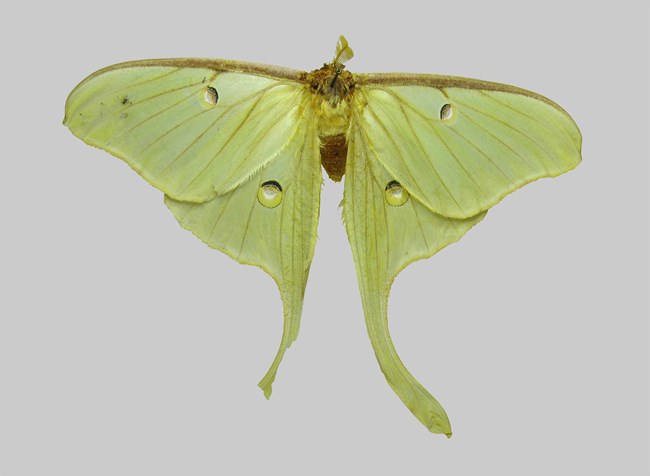Part of a series of articles titled Natural History in the National Capital Area.
Article
National Capital Area Natural History Collections

Museum Resource Center, National Capital Area
Collections
Museum collections document the culture and natural history of an area through time. Natural history specimens and cultural objects preserve the collective memory of the shared environment. The collections provide narratives highlighting the importance and responsibility of the National Park Service (NPS) in its resource stewardship.
NPS natural history collections are broadly grouped into three disciplines: biology, geology, and paleontology. Cultural collections are divided into archeology, ethnology, history and archives. The natural history and cultural collections featured in this exhibit are deeply interconnected.
Collecting Specimens
Park natural history collections are generated to support scientific research, resource management in the parks, and education. These collections provide baseline data of park natural resources and document changes these resources are undergoing. Collections comprise a database for researchers and preserve important or locally significant species collected in response to specific research or interpretive needs. They also help guarantee the protection of important paleontological specimens preserved in situ. Natural history collections increase knowledge in a range of related fields, including ecology and evolution, climate studies, agriculture, and human health.

Animalia, Arthropoda, Insecta, Lepitoptera
L 3.2 (body), W 12.7 (wingspan) cm
Prince William Forest Park, PRWI 363
Conducting Research
Natural history specimens must be collected in a scientific manner in accordance with the NPS Research Permit and Reporting System (RPRS). The permit serves as an agreement between a researcher and the National Park Service to conduct scientific studies and defines the permit holder’s obligations to the National Park Service. This system facilitates the management of research and compliance activities and NPS Inventory and Monitoring Program projects. Even when physical specimens are not collected, permitted projects generate reports, images, maps, data, and fieldnotes that are essential for resource management and research. This documentation is as important as specimens, and is required for NPS museum collections.
Last updated: May 20, 2021
